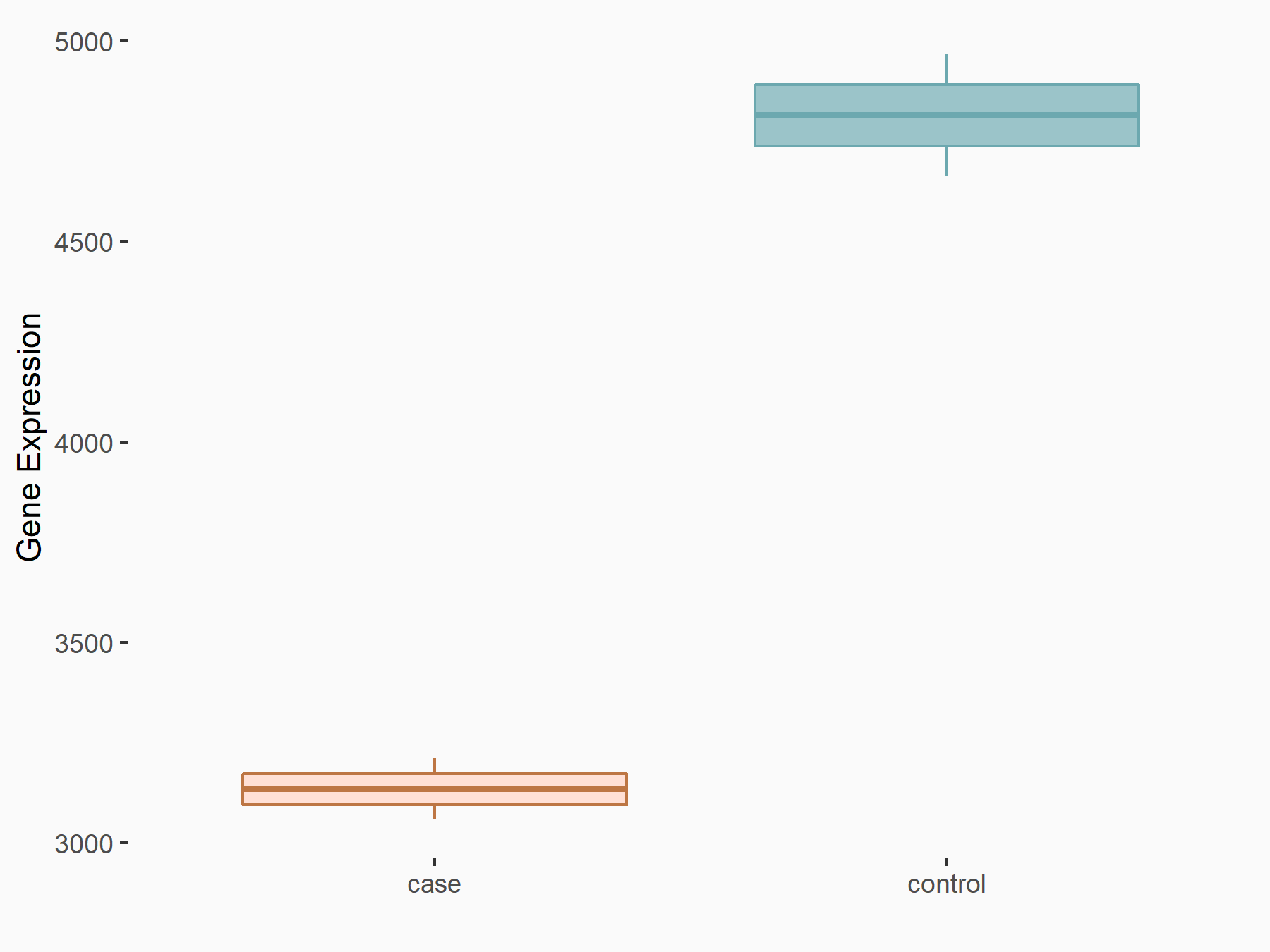m6A Target Gene Information
General Information of the m6A Target Gene (ID: M6ATAR00578)
Full List of m6A Methylation Regulator of This Target Gene and Corresponding Disease/Drug Response(s)
TXNDC5
can be regulated by the following regulator(s), and cause disease/drug response(s). You can browse detail information of regulator(s) or disease/drug response(s).
Browse Regulator
Browse Disease
Methyltransferase-like 3 (METTL3) [WRITER]
| Representative RNA-seq result indicating the expression of this target gene regulated by METTL3 | ||
| Cell Line | LX2 cell line | Homo sapiens |
|
Treatment: shMETTL3 LX2 cells
Control: shLuc LX2 cells
|
GSE207909 | |
| Regulation |
  |
logFC: -6.19E-01 p-value: 4.11E-14 |
| More Results | Click to View More RNA-seq Results | |
| In total 1 item(s) under this regulator | ||||
| Experiment 1 Reporting the m6A Methylation Regulator of This Target Gene | [1] | |||
| Response Summary | METTL3 regulates certain m6A-methylated transcripts, Thioredoxin domain-containing protein 5 (TXNDC5), targeting the m6A dependent-METTL3 signaling pathway serves as a promising therapeutic strategy for management of patients of acral melanomas. | |||
| Target Regulation | Up regulation | |||
| Responsed Disease | Melanoma | ICD-11: 2C30 | ||
| Cell Process | Cell proliferation, cell migration,cell invasion | |||
| In-vitro Model | SK-MEL-28 | Cutaneous melanoma | Homo sapiens | CVCL_0526 |
| MV3 | Amelanotic melanoma | Homo sapiens | CVCL_W280 | |
| HMY-1 | Melanoma | Homo sapiens | CVCL_2950 | |
| HEMa (The normal human epidermal melanocyte (HEMa) was extracted from fresh foreskin tissue donated after circumcision in adults and cultured in melanocyte medium with 5% fetal bovine serum (Sciencell, USA)) | ||||
| A-875 | Melanoma | Homo sapiens | CVCL_4733 | |
| A375-MA2 | Amelanotic melanoma | Homo sapiens | CVCL_X495 | |
| A2058 | Amelanotic melanoma | Homo sapiens | CVCL_1059 | |
| In-vivo Model | Sixteen BALB/c nude mice (male, 6-week-old) were raised under pathogen-free conditions and randomly divided into two groups. A total of 2 × 106 A375 NTC or sh-METTL3#2 cells were subcutaneously inoculated into the right hind flank. Body weight and tumor size were measured every other day. The tumors were harvested at the end of the observation period, and tumor weight and gross images were recorded (11 days after inoculation). The tumors were embedded in RNA later and 10% formalin for further detection. | |||
Melanoma [ICD-11: 2C30]
| In total 1 item(s) under this disease | ||||
| Experiment 1 Reporting the m6A-centered Disease Response | [1] | |||
| Response Summary | METTL3 regulates certain m6A-methylated transcripts, Thioredoxin domain-containing protein 5 (TXNDC5), targeting the m6A dependent-METTL3 signaling pathway serves as a promising therapeutic strategy for management of patients of acral melanomas. | |||
| Responsed Disease | Melanoma [ICD-11: 2C30] | |||
| Target Regulator | Methyltransferase-like 3 (METTL3) | WRITER | ||
| Target Regulation | Up regulation | |||
| Cell Process | Cell proliferation, cell migration,cell invasion | |||
| In-vitro Model | SK-MEL-28 | Cutaneous melanoma | Homo sapiens | CVCL_0526 |
| MV3 | Amelanotic melanoma | Homo sapiens | CVCL_W280 | |
| HMY-1 | Melanoma | Homo sapiens | CVCL_2950 | |
| HEMa (The normal human epidermal melanocyte (HEMa) was extracted from fresh foreskin tissue donated after circumcision in adults and cultured in melanocyte medium with 5% fetal bovine serum (Sciencell, USA)) | ||||
| A-875 | Melanoma | Homo sapiens | CVCL_4733 | |
| A375-MA2 | Amelanotic melanoma | Homo sapiens | CVCL_X495 | |
| A2058 | Amelanotic melanoma | Homo sapiens | CVCL_1059 | |
| In-vivo Model | Sixteen BALB/c nude mice (male, 6-week-old) were raised under pathogen-free conditions and randomly divided into two groups. A total of 2 × 106 A375 NTC or sh-METTL3#2 cells were subcutaneously inoculated into the right hind flank. Body weight and tumor size were measured every other day. The tumors were harvested at the end of the observation period, and tumor weight and gross images were recorded (11 days after inoculation). The tumors were embedded in RNA later and 10% formalin for further detection. | |||